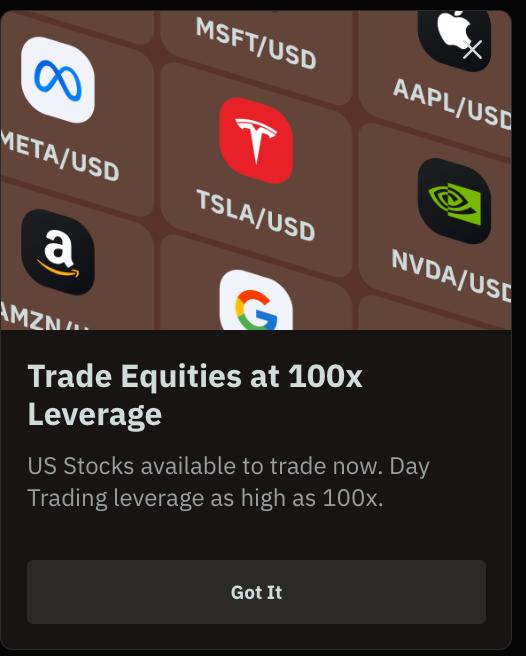Understanding forex quotes and spreads
A major part of successful global forex trading is understanding the basic fundamentals of buying and selling currency. And of course, a big part of understanding how to buy and sell currency is learning about quotes and spreads – and how you can use this knowledge to your advantage.
In this session, we’ll talk about forex quotes and spreads and how they’re determined. We’ll also go into pips and spreads and how they tie into successful online fx trading.
How are Buy and Sell Rates Determined?
We mentioned earlier how forex markets are decentralized and over-the-counter operations. This means there is no single “official” exchange rate. Buy and sell rates are determined by a variety of factors, including:
- Actual monetary flows (how much money is flowing into and out of the market)
- Basic laws of supply and demand
- Expectations of what the market will do (based on global events)
Beyond that, buy and sell rates are determined by a complex set of factors that isn’t really worth going into here. Suffice to say, buy and sell rates are what banks and forex brokers are willing to buy or sell currency in large amounts, which vary depending on the market you choose.
In short, the buying price – say, 1.3000 dollars for a unit of euros – is determined by the forex trading broker you use since that broker is quoting buy and sell prices based on the prices it is obtaining the currency from via the banks it works with.

What is a Pip?
‘Pip’ is a very common forex term that stands for ‘percentage in point’. It is basically the smallest quoted change in the value of a currency relative to another currency.
All of the major currencies in the world – except for the Japanese yen (more on that later – are priced to four decimal points, so a price could be 1.0000. A pip is one 1/100th of one percent. So, if the price moves from 1.0000 to 1.0001, it gains in value by one pip.
With the Japanese yen, values are priced to the third decimal point. A pip is at the second decimal point, so if the yen is at 87.000 dollars, and moves up to 87.01, it has moved up by one pip.
A pip is very important to understand when talking about the next step: the spread.
What is a Spread?
A spread, simply put, is the amount of pips between the asking price and the bidding price of a currency rate. Spreads are how online fx trading brokers make money (those that do not charge a flat commission), and thus impact your profit.
For example, let’s say that ABC Forex is your broker, and uses a 2-pip spread. Let’s say that ABC Forex pays 1.2000 dollars for a unit of euros. A 2-pip spread means they will sell the unit to you at 1.2001, or buy it from you at 1.1999. Either way, they make money off of the sale.
Obviously, you make more money with brokers who offer smaller spreads than larger ones.
Conclusion
Getting into currency market trading means learning about buy and sell rates, pips, and spreads. Once you get a firm grasp on these essential concepts, you’ll be prepared to move on to more forex concepts and build on your knowledge base – and make more money as you do. After all, profit margins can be small in forex trading; that’s why knowing about pips, quotes, and spreads is crucial to maximizing how much money you can make while trading.


























Comments (0 comment(s))